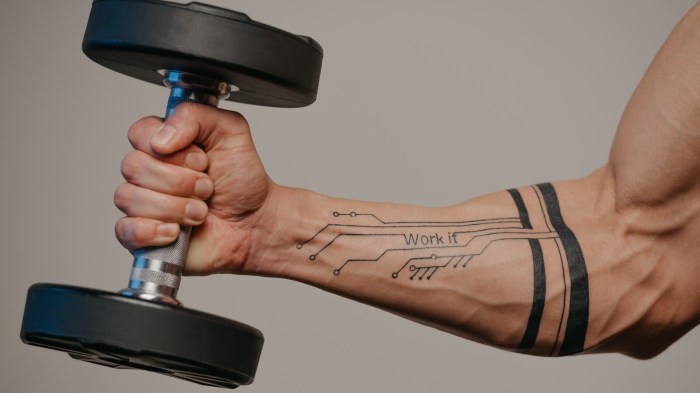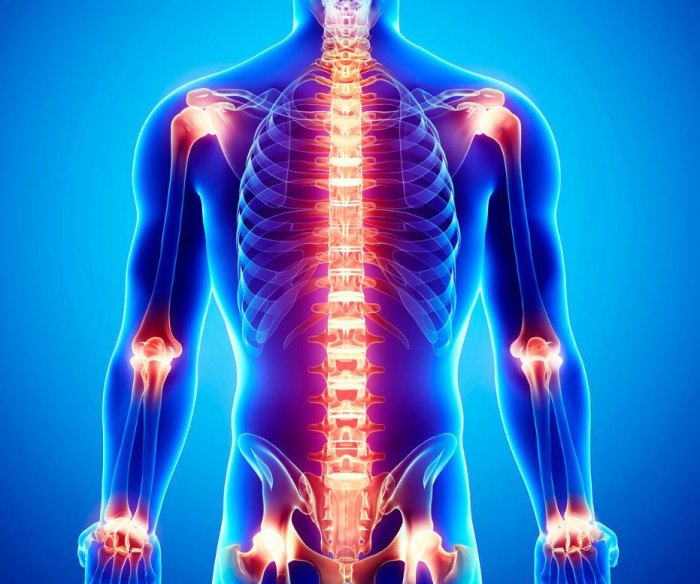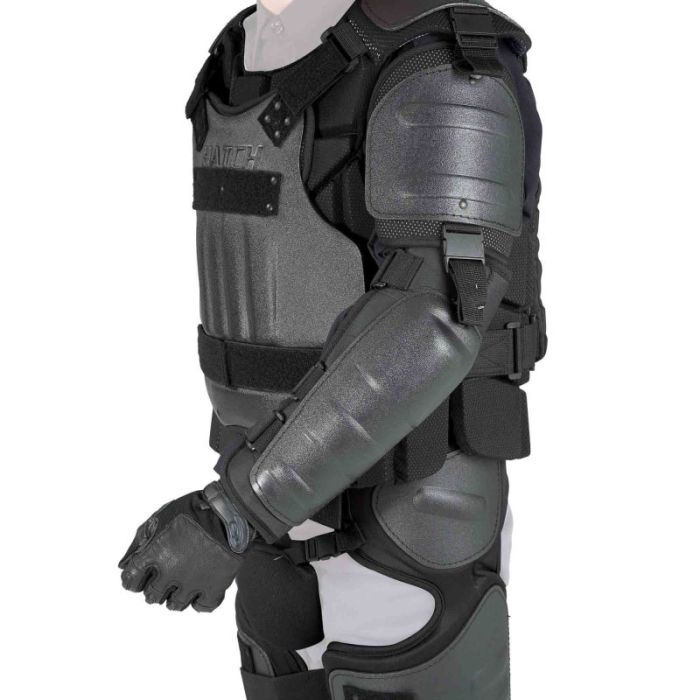What muscles are used when throwing a baseball – When it comes to baseball, the art of pitching is a complex and demanding skill that requires the coordinated effort of numerous muscle groups. Understanding the intricate interplay of these muscles is crucial for optimizing performance and preventing injuries. This exploration delves into the fascinating world of baseball pitching, shedding light on the muscles responsible for propelling the ball with precision and power.
The mechanics of pitching involve a symphony of muscle actions, from the initial windup to the forceful release. The primary muscle groups involved in this dynamic movement include the rotator cuff muscles, the shoulder muscles, the elbow flexors and extensors, and the core muscles.
Muscles Involved in Throwing a Baseball: What Muscles Are Used When Throwing A Baseball

The throwing motion in baseball involves a complex interplay of multiple muscle groups. These muscles work in a coordinated manner to generate force, velocity, and accuracy in the throw.
Primary Muscle Groups Involved
- Shoulders:Deltoids, supraspinatus, infraspinatus, teres minor, subscapularis
- Elbows:Triceps brachii, biceps brachii
- Forearms:Pronator teres, supinator, flexor carpi radialis, extensor carpi radialis
- Trunk:Obliques, rectus abdominis, erector spinae
- Legs:Quadriceps, hamstrings, glutes
| Muscle | Location | Function |
|---|---|---|
| Deltoids | Shoulder | Abduction, flexion, and extension of the shoulder |
| Supraspinatus | Shoulder | Abduction of the shoulder |
| Triceps brachii | Elbow | Extension of the elbow |
| Pronator teres | Forearm | Pronation of the forearm |
| Obliques | Trunk | Lateral flexion of the trunk |
Biomechanics of the Throwing Motion

The throwing motion is a dynamic sequence of muscle actions that involve the entire kinetic chain, from the legs to the arm. It can be divided into four main phases: windup, backswing, acceleration, and follow-through.
Sequence of Muscle Actions
- Windup:The pitcher raises the arm overhead, loading the muscles for the throw.
- Backswing:The arm is brought back behind the body, further stretching the muscles.
- Acceleration:The arm is rapidly accelerated forward, generating force and velocity.
- Follow-through:The arm continues to move forward after the ball is released, providing stability and balance.
Role of the Kinetic Chain
The kinetic chain refers to the sequential transfer of force from one body segment to another. In the throwing motion, the legs generate power that is transferred through the trunk and into the arm. This coordinated movement helps maximize force and velocity.
Biomechanical Factors Affecting Throwing Distance and Accuracy
- Arm speed:The faster the arm moves, the greater the ball’s velocity.
- Release point:The angle and height at which the ball is released can significantly impact distance and accuracy.
- Body mechanics:Proper body alignment and sequencing of muscle actions are crucial for optimal throwing performance.
Training and Development of Throwing Muscles

Developing strong and conditioned throwing muscles is essential for improving throwing power and accuracy. Effective training involves a combination of exercises that target the specific muscle groups involved in the motion.
Effective Exercises
- Shoulder:Overhead press, lateral raises, front raises
- Elbow:Triceps extensions, bicep curls
- Forearm:Wrist curls, reverse wrist curls
- Trunk:Planks, sit-ups, Russian twists
- Legs:Squats, lunges, deadlifts
Sample Training Program
A sample training program for developing throwing muscles may include:
- Monday:Shoulder and triceps exercises
- Tuesday:Rest
- Wednesday:Forearm and trunk exercises
- Thursday:Rest
- Friday:Leg exercises
- Saturday:Active recovery, such as light cardio
- Sunday:Rest
Importance of Flexibility and Recovery
Flexibility and recovery are crucial for maintaining healthy throwing mechanics. Regular stretching helps improve range of motion and reduce the risk of injuries. Adequate rest allows the muscles to repair and rebuild, promoting optimal performance.
Common Injuries Related to Throwing

Baseball throwing can put significant stress on the muscles, joints, and ligaments involved in the motion. Overuse and improper technique can lead to a variety of injuries.
Most Common Injuries
- Shoulder impingement:Compression of the shoulder muscles against the bones
- Ulnar collateral ligament (UCL) injury:Tear or strain of the ligament that stabilizes the elbow
- Tommy John surgery:Surgical repair of the UCL
- Rotator cuff tears:Tears in the muscles that stabilize the shoulder
Causes and Symptoms
Causes of throwing injuries include:
- Overuse and excessive training
- Improper throwing technique
- Lack of flexibility and strength
Symptoms of throwing injuries may include:
- Pain and tenderness in the affected area
- Swelling and bruising
- Loss of range of motion
Preventive Measures and Rehabilitation Strategies
Preventive measures for throwing injuries include:
- Proper warm-up and cool-down
- Gradual increase in training intensity
- Use of proper throwing technique
Rehabilitation strategies for throwing injuries involve:
- Rest and immobilization
- Physical therapy
- Gradual return to throwing
Special Considerations for Young Athletes
Developing throwing muscles in young athletes requires a balanced approach that prioritizes long-term health and safety.
Unique Considerations
- Growing bodies are more susceptible to injuries
- Overuse can stunt growth and development
- Proper technique is essential for preventing injuries
Guidelines for Age-Appropriate Training
Age-appropriate training guidelines for young throwers include:
- Under 12 years:Focus on developing overall athleticism and basic throwing skills
- 12-14 years:Gradually introduce more advanced throwing exercises
- 15-18 years:Implement a structured training program that includes strength training
Importance of Proper Technique and Supervision, What muscles are used when throwing a baseball
Proper throwing technique and supervision are crucial for young throwers. Coaches and parents should ensure that:
- Athletes use the correct throwing motion
- Training is age-appropriate and progressive
- Athletes are adequately supervised and monitored for signs of injury
Query Resolution
Which muscle group is primarily responsible for generating power in the pitching motion?
The rotator cuff muscles, located in the shoulder, play a pivotal role in generating the force necessary for a powerful pitch.
How do the elbow flexors and extensors contribute to the pitching motion?
The elbow flexors, located on the front of the elbow, assist in bringing the arm forward during the windup, while the elbow extensors, located on the back of the elbow, are responsible for extending the elbow and releasing the ball.
Why is core strength important for baseball pitchers?
A strong core provides stability and balance throughout the pitching motion, helping to transfer power from the lower body to the upper body and maintain control over the pitch.